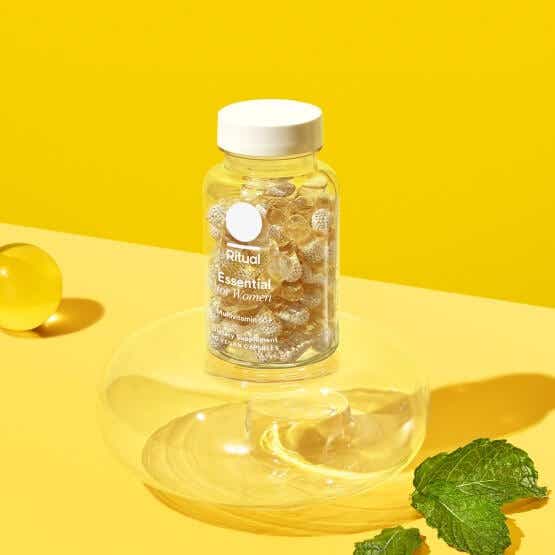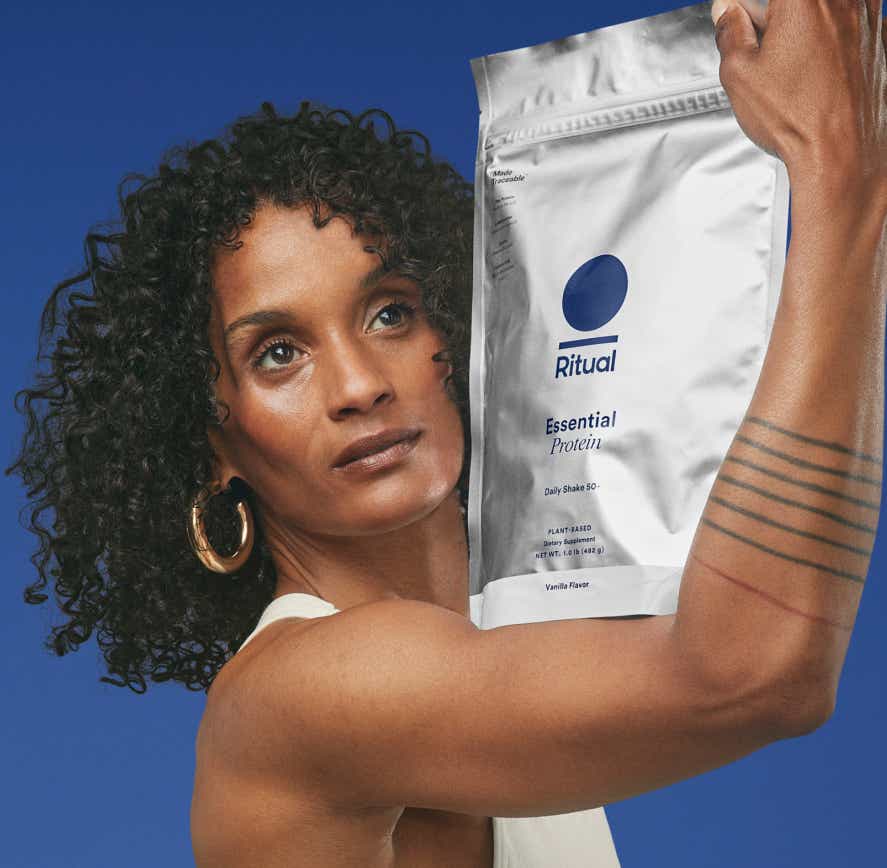It’s no secret that menopause ushers in a lot of normal changes in our bodies, many of which are unwelcomed — hello, interrupted sleep, uncomfortable sex, and hair loss — but that doesn’t mean this next phase of your life has to be a complete drag. In fact, we firmly believe that menopause is just a new chapter that can be as fulfilling as any other, as long as you don’t ignore it. One important thing to keep in mind is that as our bodies change, we have different nutritional needs. For example, we need less iron when monthly menstruation stops, and we need more calcium to support bone health and extra protein to help maintain muscle mass as we age.*
The idea of completely overhauling your nutrition regimen at this time that comes with so many other adjustments can be overwhelming. To help us decipher what nutrients we need during and around menopause, we spoke to Ritual’s VP of scientific and clinical affairs, Mastaneh Sharafi, Ph.D., RD. Ritual has done a ton of heavy lifting when it comes to determining the needs of menopausal women, from cross-referencing nutritional databases to conducting clinical tests on their supplements to ensure they work as intended.*
We procured the details on the nutrients to look for as you head into menopause, plus tips on incorporating important foods into your diet.*
Katie Couric Media: How did you go about formulating your multivitamin for women over 50?
Dr. Sharafi: We start by identifying common nutritional gaps using vetted tools like the nutritional database NHANES, which allows us to cross-reference nutritional needs at different ages, sexes, and life stages with nutritional intake from diet. We also audit for nutrient gaps specific to certain lifestyles and factor in genetic variations that make it hard to efficiently utilize certain nutrient forms. As a final step, we assess the overall function of our supplements.
What nutrients should women over 50 be looking for and why?
We asked the same question when we started working on our Essential for Women 50+, which we formulated with eight ingredients that support immune function, bone health, muscle function, and brain health.* Here are the highlights:
Omega-3 DHA: It’s important for supporting brain health, heart health, and vision, yet most women aged 50 and up are not getting recommended levels for key Omega-3s from their diet.1 To bridge that gap, we include a microalgae-sourced DHA in our multivitamins.*
Vitamin D: More than 97 percent of women aged 50 and up are not getting enough vitamin D from their diet alone2, so we include 50mcg of it to help support normal immune and muscle function, as well as bone health. That’s 250 percent of your daily values of vitamin D!*
Folate: Folate helps support red blood cell formation, normal energy-yielding metabolism, and neurotransmitters. However, up to a third of the population has a genetic polymorphism that makes it more difficult to efficiently utilize folate. We use a biologically active form of it called 5-MTHF, which sidesteps this genetic polymorphism.*
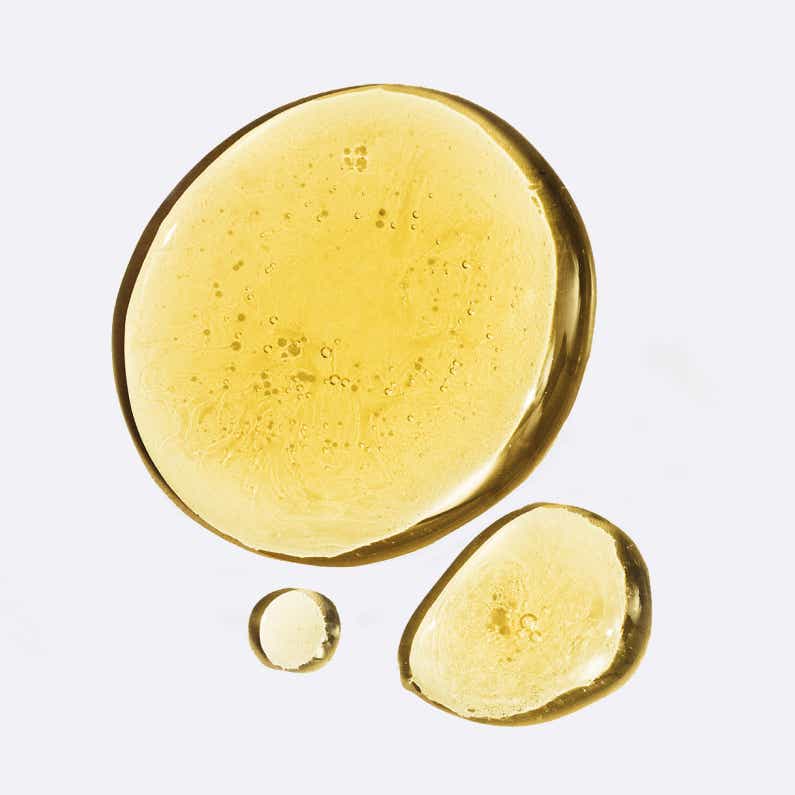
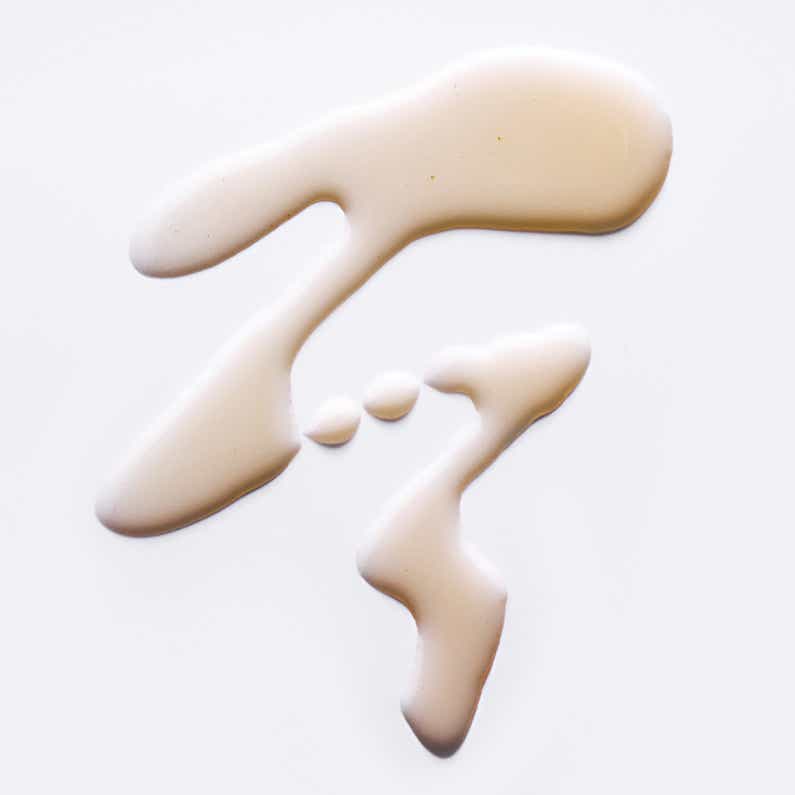
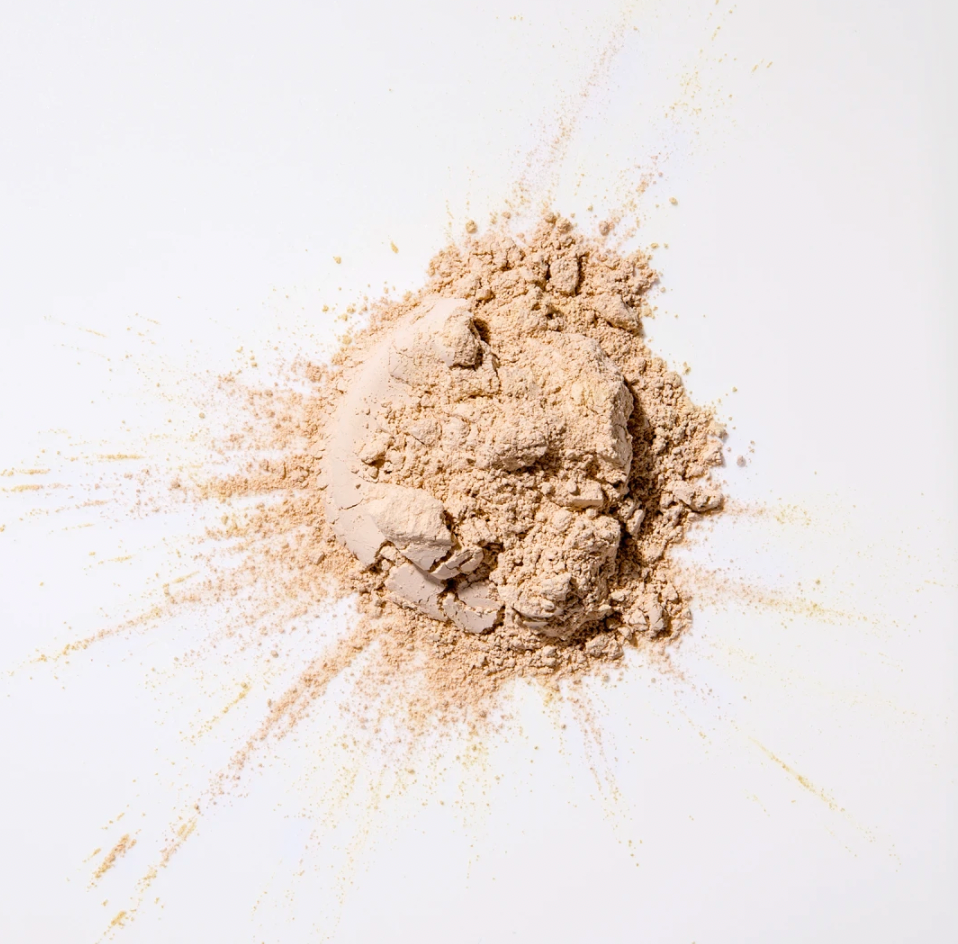
Vitamin E: Vitamin E is an important antioxidant, but about 90 percent of women over the age of 50 are low in this nutrient3. We use a version sourced from mixed tocopherols, which resembles the vitamin E found in foods like nuts.*
Vitamin B12: Older adults often have a harder time absorbing vitamin B12 from food sources, so the National Academy of Medicine recommends that adults over the age of 50 obtain most of their vitamin B12 from supplements or fortified foods.*
Vitamin K2: Vitamin K2 can help support bone and vascular health, but it’s often more difficult to find in typical Western diets than vitamin K1. The MK7 form of vitamin K2 that we use is shown to be absorbed more efficiently than other forms of vitamin K.*

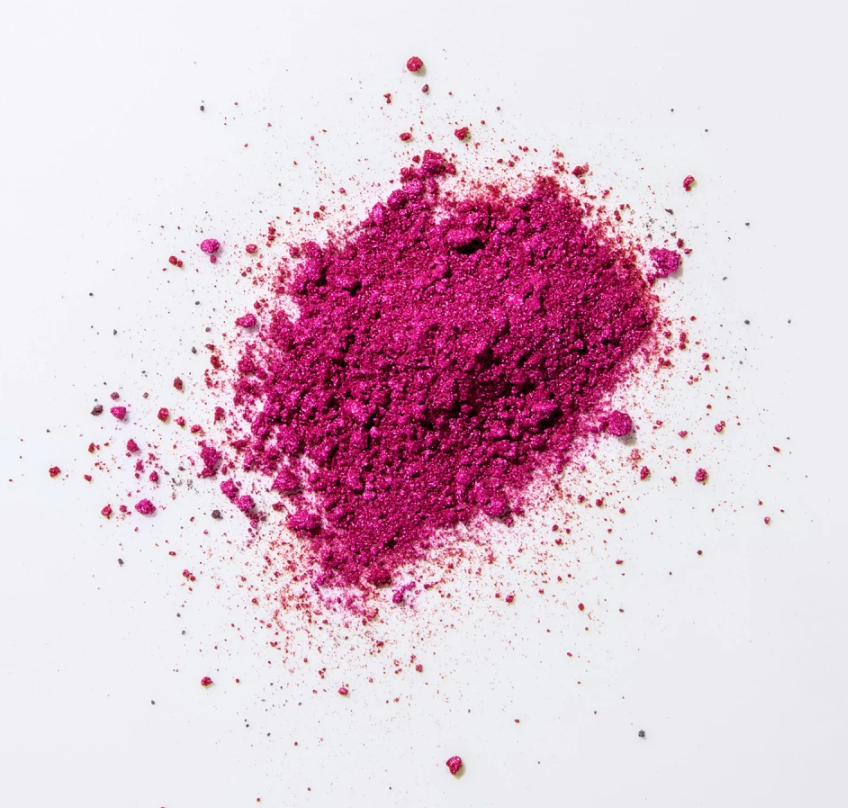
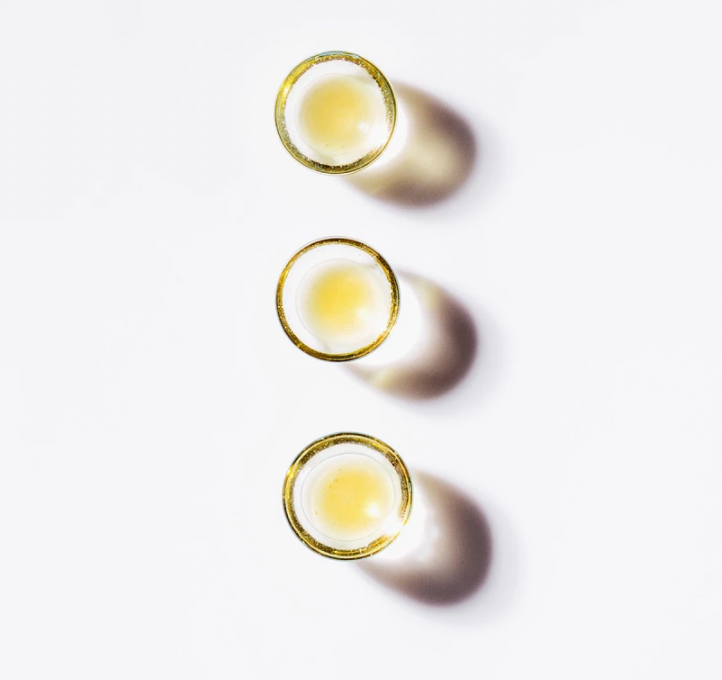
Why isn’t calcium in your supplements? Isn’t that supposed to be something we need more of as we age?
Estrogen helps our bones absorb calcium, so bone health becomes an important focus after women’s estrogen levels drop off around menopause. However, taking calcium as a supplement isn’t always the answer. In fact, there’s been debate within the scientific community about the ideal amount of calcium and the potential effects of calcium supplementation, especially in postmenopausal women.
We emphasize eating a calcium-rich diet and supplementing with “helper nutrients” that support calcium absorption, like the boron, magnesium, and vitamins K2 and D3 we include in our multivitamin. Research shows these unsung heroes each play a different role in association with calcium to support bone health.*
What’s the best way to ensure we’re eating enough calcium?
Most people can meet their daily calcium needs by eating calcium-rich foods such as plain yogurt, cheese, milk, seeds and nuts, kidney beans, spinach, and turnip greens.
What’s the difference between your protein blend for people over 50 and your protein blend for people over 18? Isn’t protein just protein?
Muscle breakdown increases as we get older due to anabolic resistance, which basically means that our bodies struggle to stimulate muscle protein synthesis. To adjust for this, our Essential Protein 50+ includes 1.5 grams of calcium HMB per serving while our Essential Protein 18+ does not.*
HMB is a metabolite of the amino acid leucine and has a big impact on protein synthesis and breakdown. Though leucine is found naturally in foods like avocados, citrus, broccoli, eggs, and beef, only about 5 percent of leucine is converted into HMB in the body. You’d have to eat an absurd amount of any of those natural sources to get to 1.5g of HMB, so supplementing is the only practical way to get that amount of it.
Compared with our 18+ protein blend, Essential Protein 50+ contains more choline to help fill dietary gaps and support brain health, as well as less sodium.*
*These statements have not been evaluated by the Food and Drug Administration. This product is not intended to diagnose, treat, cure, or prevent any disease.
1 USDA, Agricultural Research Service. Usual Nutrient Intake from Food and Beverages, by Gender and Age, What We Eat in America, NHANES 2013-2016. 2019.
2 USDA, Agricultural Research Service. Nutrient Intakes from Food and Beverages: Mean Amounts Consumed per Individual, by Gender and Age, What We Eat in America, NHANES 2015-2016. 2018.
3 USDA, Agricultural Research Service. Nutrient Intakes from Food and Beverages: Mean Amounts Consumed per Individual, by Gender and Age, What We Eat in America, NHANES 2015-2016. 2018.








